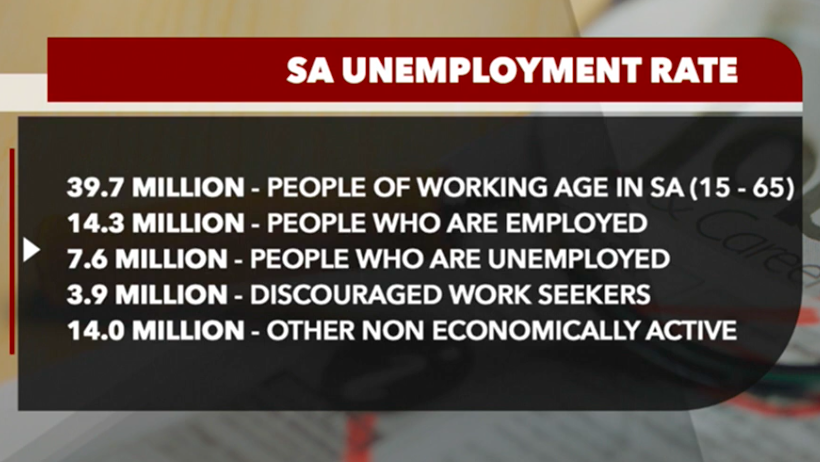Quarterly Labour Force Survey (QLFS), Q3, SPII Analysis


As we mark the end of another calendar year of the Corona pandemic and associated impact, The Studies in Poverty and Inequality Institute (SPII) presents our analysis of the main trends contained in the StatsSA Q3 2021 Quarterly Labour Force Survey as part of our commitment to making knowledge accessible to all.
This snapshot includes national and provincial unemployment figures, trends, and trajectories from the third quarter of 2021, and we highlight the additional burden borne by women of the triple challenges of poverty, inequality and unemployment. In the latest figures, the key findings reveal that
The unemployment rates are the highest since the start of the QLFS in 2008.
These changes resulted in the narrow or official unemployment rate increasing by 0.5 of a percentage point from 34.4% in the second quarter of 2021 to 34.9% in the third quarter of 2021 – while the real or expanded unemployment rate according to the expanded definition of unemployment increased by 2.2 percentage points to 46.6% in quarter 3 2021 compared to quarter 2 2021.
The results of the Quarterly Labour Force Survey (QLFS) for the third quarter of 2021 show that the number of employed persons decreased by 660 000 in the third quarter of 2021 to 14.3 million.
The number of unemployed persons decreased by 183 000 to 7.6 million compared to the second quarter of 2021, but increased by 1.1 million from a year ago, leading to a 17% increase in unemployed people from Q3 2020.
The number of discouraged work-seekers increased by 545 000 (16.4%) quarter on quarter but rose by a staggering 43% from Q3 2020.
The number of people who were not economically active for reasons other than discouragement increased by 443 000 (3.3%) between the two quarters resulting in a net increase of 988 000 in the not economically active population.
This analysis provides a bleak picture of the unemployment figures while also interrogating some of the neo-liberal economic policy thinking that tout job creation as a panacea to solving inequality and alleviating poverty in South Africa. Sadly though the burden of care work continues to disproportionately affect women, especially black and African women, yet they are the biggest casualties of loss of employment especially in the Covid induced climate of job cuts as will be revealed by the analysis. This also impedes the fundamental human right to live a life of dignity.